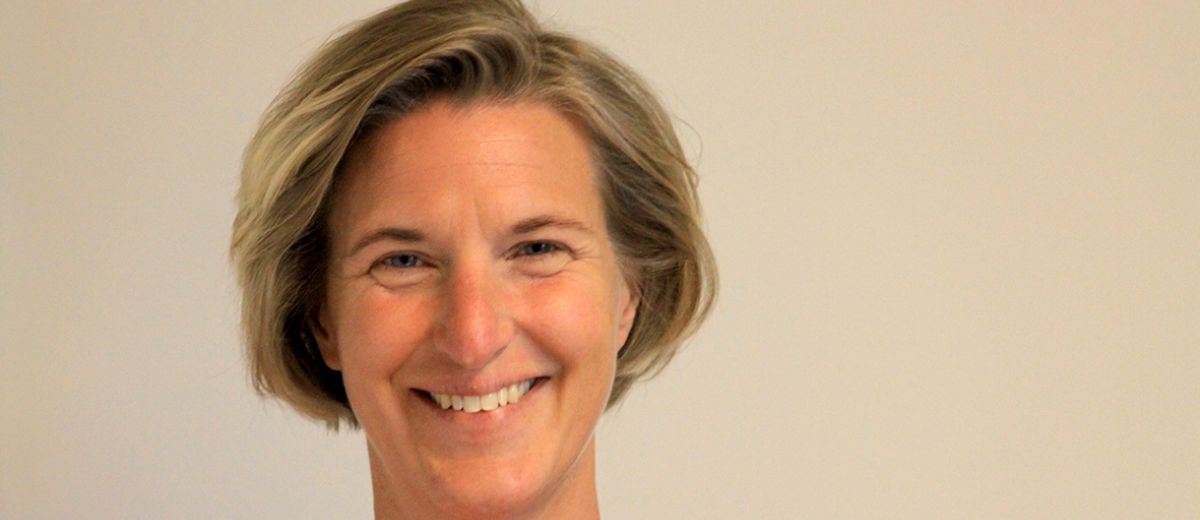
Public-private partnership to keep the outdoor hotspot of Åre tidy
A project based on shared ownership and responsibility. Very simplistically, the reason is that business makes money from visitors, it's the visitors who litter and it would feel very wrong if business wasn't involved in taking care of the litter too. But the business community does not have the ability to mobilise the villagers to do this. That is the relationship between the village of Åre and the tourist association. That's why this cooperation is so important.
What have you achieved together so far?
– In addition to a cleaner and more beautiful village, it is about soft values such as community, a sense of connection and belonging to one's village. It is also an opportunity for reunions (you get to meet people you have not had the chance to meet during the intense winter working period), but also a feeling of reclaiming "your" village, which at this time you do not "have" to share with so many other occasional visitors and guests. It’s a kind of ownership. I think it's not so much about the litter, it’s about many other things, says Hanna Moback, board member of Åre Village and Tourist Association.
- In terms of volume, we have filled several full containers with things that should not be in our environment, which is great. But what is even more important to achieve is the cooperation and the understanding that what we all do can make a difference: when we help each other it becomes a case of "many small streams making a mighty river”, says Therese Sjölund, CEO at Åre Destination.
Why is this cooperation important? Why are businesses and the association working together? With the municipality participating too!)
– I think it's about shared ownership and responsibility. In simple terms: businesses make money from visitors, it's the visitors who litter and it would feel very wrong if business didn't deal with the litter too. The business community does not have the ability to mobilise the villagers for this purpose, but the association has that relationship, says Hanna Moback.
What could make local cooperation and impact even better?
– If there was more power and resources to build on, for example with planting, major fixes and renovations and a joint village party to end the day, says Hanna Moback.
What kind of litter do you pick up?
– All kinds of things. But a lot of it has been blown away from, or hasn't found a place at the recycling centre. Lots of construction debris, from various construction sites. A lot of cans and packaging from fast food vendors or food and drink bought from the supermarket. Often, the rubbish has been thrown away when someone has finished eating or drinking, says Hanna Moback.
With many guests at a venue that exists temporarily, there may be a risk that people don’t take care of things in the same way and "put away" things that they don't know what to do with. Often, quite large things are found hidden in snow and that only emerge in the thaw. These include pallets and packaging from construction sites. When we started to walk along the E14, we found a lot of litter in the parking bays in particular. But significantly less litter is found now than in previous years – so things are moving in the right direction, says Therese Sjölund.